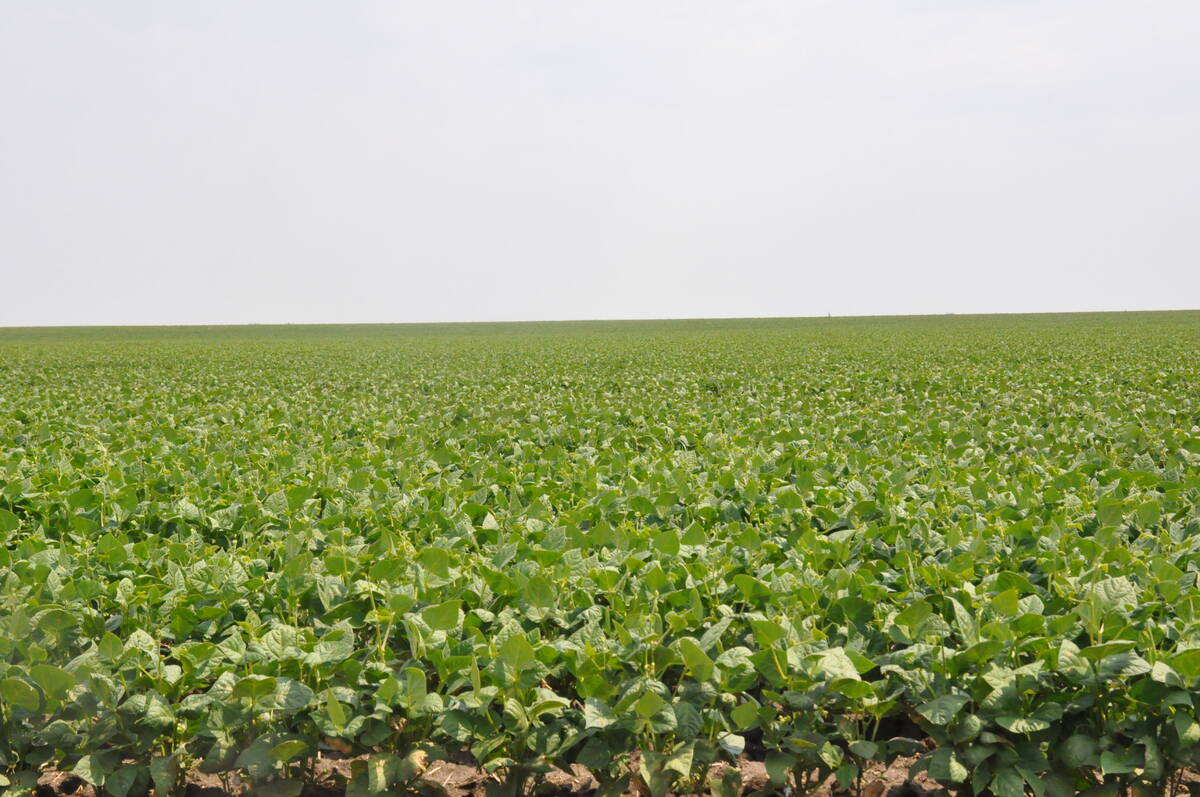ST. GREGOR, Sask. – Getting the pigs into the barn by May 15 is much
easier for Saskatchewan’s newest hog operation than finding enough
interested workers.
The Stomp Pork Farm Ltd. and Leroy Agra-Pork Co-op Ltd. operation will
employ 100 workers in its barns in the Leroy-St. Gregor district, said
Ivan Stomp, chief executive officer of Stomp Pork Farm. They need at
least 20 more workers and likely others by summer’s end, as students
return to school.
“We’ve got an attitude out there about being in a pig barn,” he said.
Read Also

Coloured bean production down, whites are up
Bean prices have been slumping and the outlook is for more of the same.
“It’s physical work. Not everyone wants to do that anymore.”
To meet the shortfall, Stomp, like many other hog operators in the
province, is looking to the example set by Alberta and Manitoba. There,
they have imported workers from other parts of the world.
Saskatchewan agriculture minister Clay Serby said immigration is the
answer for the short term.
But for the long term he said more public education is needed to
identify employment needs at livestock facilities and to reiterate the
value of living and working in rural Saskatchewan.
Both he and Stomp say a wage and benefits package for hog workers in
Saskatchewan barns is competitive with retail sectors.
“It’s interesting we have unemployment levels when we have lots of
jobs, but no workforce to go with them,” said Serby, who was unclear
why hog barns have difficulty attracting workers.
“Wage levels are the same as in the retail sector. Maybe it’s
location,” he said.
Hugh Wagner is executive secretary of the Grain Services Union, which
represents hog workers at Bear Hills hog barns at Perdue, Sask. He
thinks the labour shortage comes from poor working conditions and wages
at many Saskatchewan hog barns.
Pig barns generally attract a younger crew and have high turnovers of
workers on their way to other jobs, he said.
“While wages may be higher than minimum wage, for many people it’s
difficult to work at amounts being offered and sustain a family,” he
said, citing improvements needed in hours of work and overtime pay.
There also needs to be training for middle management positions, good
access to services and affordable housing, Wagner said. Some find it
difficult to work with animals raised in a “factory-like atmosphere.”
He said hog operators could improve the perception of their industry by
toning down “anti-union, anti-worker” rhetoric and their opposition to
the application of the labour standards act for barn workers.
He welcomed immigration as a way to repopulate a shrinking
Saskatchewan, but opposed exploitation of a migrant labor force.
He cited the example of Lilydale Poultry at Wynyard, Sask., which
includes a large number of new immigrants in a unionized business where
wages are strong and worker turnovers are low.














